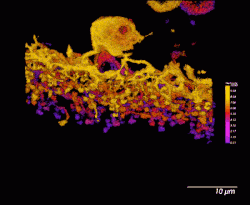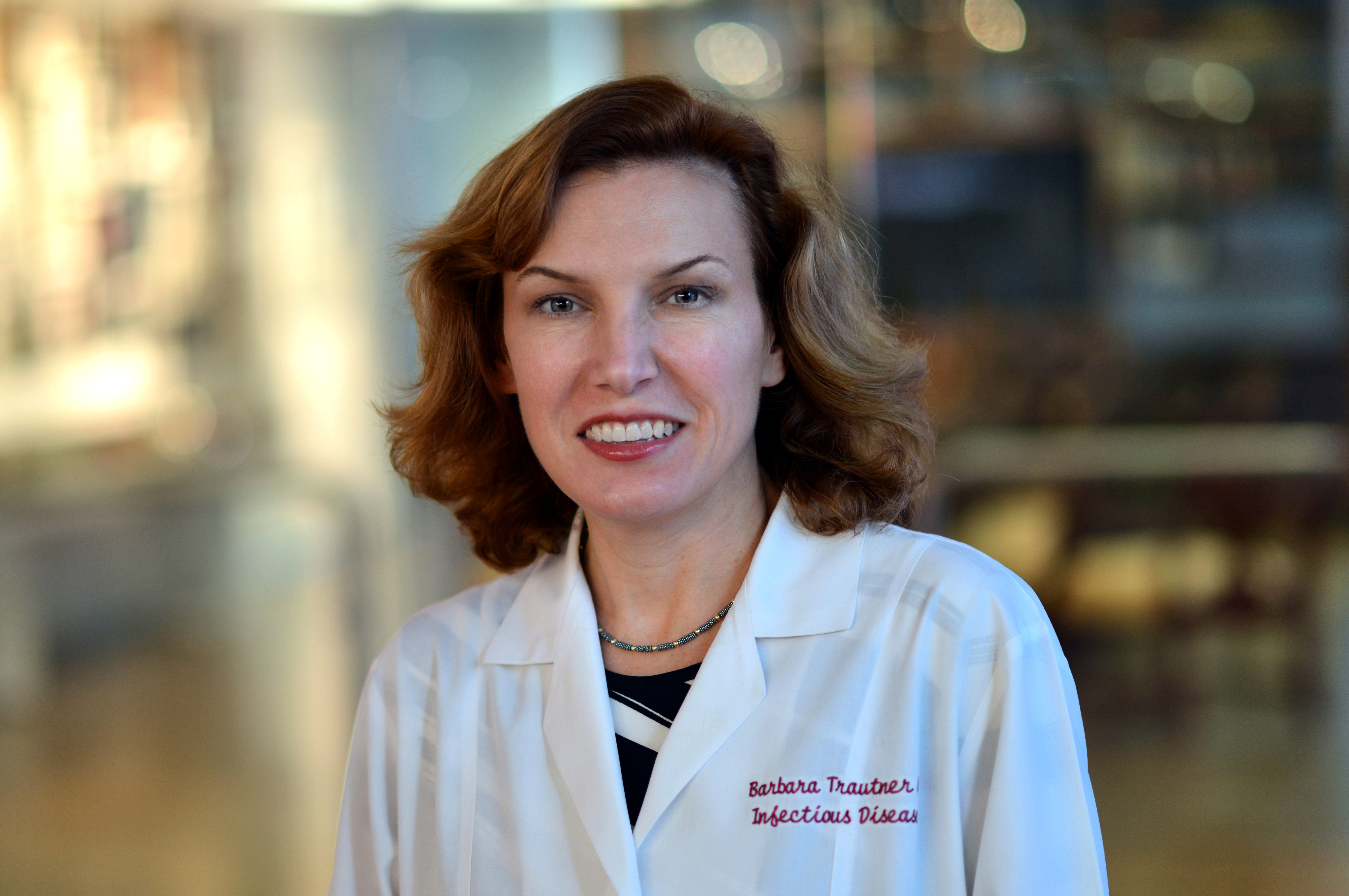Mapping the genome of cancer for better understanding and treatment
In the physical world, getting from point A to point B is easier than ever before. Key in the address of where you want to go on your smartphone or your vehicle’s GPS (global positioning system) and a road map appears like magic.

Scientists seeking to understand the origins and effects of cancer, including those at Baylor College of Medicine’s Human Genome Sequencing Center use the body’s road map – the human genome— as their guide.
The human genome contains the blueprint for people’s existence, from how they grow and age to the causes, development and progression of disease.
Dr. Richard A. Gibbs, the genome center’s founder and director and a professor of molecular and human genetics, has devoted his professional life to study of the genome. He and his team played an integral role in the Human Genome Project, an international collaboration that successfully completed the first sequencing of the human genome in 2003—under budget and more than two years ahead of schedule. Still, it took more than 13 years and $3 billion to complete.
Gibbs’ sequencing center was one of only three academic sites selected to participate by the National Institutes of Health.
The Science
DNA molecules are comprised of two twisting strands made up of chemical units—called nucleotides—adenine (A), thymine (T), guanine (G) and cytosine (C). Each nucleotide pairs with only one other nucleotide in DNA. Adenine is always paired with thymine and guanine with cytosine. There are more than 20,000 genes in the twisting double helix of human beings, containing many of these nucleotide or base pairs.
Identifying the sequence of the 3 billion base pairs (ATs and CGs) of genetic code in the human genome was a monumental accomplishment that is just now beginning to make inroads into the understanding of common disorders such as heart disease, diabetes and cancer. The amount of information or data generated in such studies is astronomical and has itself resulted in the application of a new science called informatics.
Gibbs, who holds the Wofford Cain Chair in Molecular and Human Genetics and is Distinguished Service Professor in Molecular and Human Genetics at Baylor, frequently points out that in genome projects, informatics includes the development of methods to search databases quickly, to analyze DNA sequence information and to predict protein sequence and structure.
Informatics
The Center has its own informatics team, which interprets the millions of pages of data generated by its researchers.
“Collaborating so closely allows us to build synergy and enables us to share resources,” Gibbs said. “We have massive amounts of data. Without the important work our informatics group does, we wouldn’t be able to translate the information.
This intelligence is a significant advance in uncovering the origins of cancer. Understanding the genetic mutations that cause the disease may someday lead to protocols that not only cure cancer but more important, prevent it.
Thirty or 40 years ago, cancer therapy was limited mostly to surgery, radiation and chemotherapy. Now, as the genomic findings allow development of more directed therapies, Gibbs said the genome project is just one milestone in the journey to becoming intelligent. “We’re at the edge of the dream,” he said.
For example, researchers were aware of 20 mutations involved in different forms of breast cancer. Since completion of the Human Genome Project, more than 20 additional mutations have been discovered.
“Until you can view the full picture, you don’t know where you are,” said Gibbs, a Australian, who was recently awarded the prestigious honor of the Companion of the Order of Australia. The accolade, issued by the Australian government, recognizes eminent achievement and merit of the highest degree in service to Australia or humanity at large.
Collaboration
The human genome database is freely available to researchers and anyone interested in genetics, and a public database provides scientists around the world with the latest developments in the field.
The Cancer Genome Atlas project, under the auspices of the National Institutes of Health, was formed to facilitate a comprehensive and coordinated effort to establish a detailed catalog of genomic changes in specific types of tumors, with the long-term goal of improving the prevention, diagnosis and treatment of cancer. The TCGA is a joint effort of the National Cancer Institute and National Human Genome Research Institute.
The sequencing center, a founding member of the TCGA, received at $114 million grant for research to identify every gene and mutation linked to 50 types of cancer. The center’s work has led to sequencing in tumors of the colon, pancreas, kidney, breast and bladder.
What Lies Ahead
Gibbs contends that “genetic literacy” is just as important as computer literacy if personalized medicine and targeted therapies are to become realities. Such literacy is already becoming more available as families discuss their own medical histories and those of the people who went before.
More than 2,000 genetic tests for human conditions are now available. Gibbs hopes genetic testing will reach a point where there’s a home test for “a funny looking bump.” Will this happen in his lifetime, “I hope so,” he said.
Genomic testing is becoming more affordable. It cost $3 billion to sequence the first human genome. Today the cost has been reduced to a few thousand dollars. “It’s conceivable that in five years, we could get the price down to $100,” he said. “It’s not crazy.”
Sequencing is being used on a small scale in children who have disease for which no cause has been pinpointed, despite extensive testing. An estimated 25 percent of such children can now be given a diagnosis after genomic sequencing. – Emma Chambers



